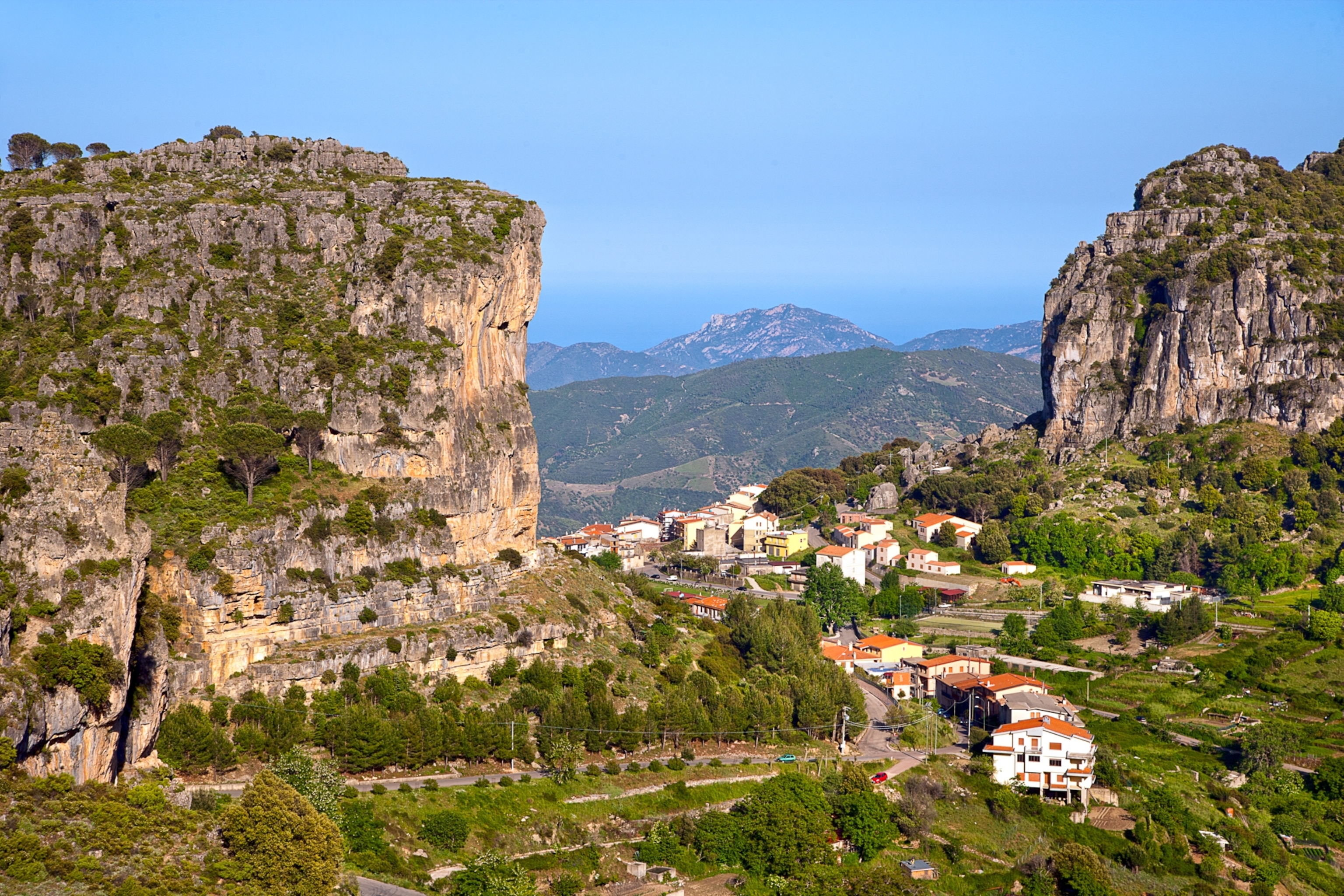What are ‘blue zones’? 5 places on Earth where the healthiest people live
These blue zones have unlocked the secret to long life. Here’s what we can learn from them.

“Blue zones” may hold the secret to living to 100 and beyond. That’s what National Geographic Explorer Dan Buettner found.
Since 2004, Buettner has been studying places that not only have high concentrations of individuals over 100 years old, but also clusters of people who have grown old without health problems like heart disease, obesity, cancer, or diabetes.
His findings launched books including, The Blue Zones Secrets for Living Longer: Lessons From the Healthiest Places on Earth, worldwide interest in these hot spots, and even a Netflix series, “Live to 100: Secrets of the Blue Zones.”
So where are these “blue zones,” what makes them so healthy, and what can we learn from them even if we don’t live anywhere near one? Here’s everything to know about blue zones.
What defines a blue zone?
Buettner’s research has led him to identify five regions he’s dubbed “blue zones.” These are “demographically confirmed, geographically defined” areas in the world where people are living to 100 at extraordinary rates—10 times greater than in the United States.
They may be separated by great distances, but these certified blue zones share nine basic principles that researchers say contribute to long—and happy—lives. Among them are low-stress lifestyles that encourage regular movement, a strong sense of purpose, and a plant-based diet.
(Here’s how to lower stress in five minutes, according to science)
In order to become a certified blue zone, an area must meet three sets of criteria: reliable documentation of birth and death rates, high national longevity compared to the rest of the world, and high local longevity.
Where are the 5 blue zones?
The five blue zones are located in Ikaria, Greece; Okinawa, Japan; Ogliastra Region, Sardinia, Italy; Loma Linda, California; and Nicoya Peninsula, Costa Rica.

The largest island in a subtropical archipelago controlled by Japan, Okinawa is home to the world’s longest-lived women. Food staples like Okinawan sweet potatoes, soybeans, mugwort, turmeric, and goya (bitter melon) keep Okinawans living long and healthy lives. Buettner began his longevity research in Okinawa.
(Learn why the traditional Okinawan diet is a recipe for long life)
Located eight miles off the coast of Turkey in the Aegean Sea, Ikaria has some of the world’s lowest rates of middle-age mortality and dementia.
Research links the increased longevity of these Greek super-agers with the traditional Mediterranean diet, which is heavy in vegetables and healthy fats and contains smaller amounts of dairy and meat products.
The mountainous highlands of Sardinia claim the world’s highest concentration of centenarian men. Its population consumes a low-protein diet associated with lower rates of diabetes, cancer, and death for people under age 65.
(Here are the many ways health actually improves as we age)

Nicoya is located in a region of Central America with the world’s lowest rate of middle-age mortality and the second highest concentration of male centenarians.
The longevity secret here lies partly in strong faith communities, deep social networks, and habits of regular, low-intensity physical activity.
The high concentration of Seventh-day Adventists in Loma Linda is credited with giving residents 10 more healthy years than the average American. Daily meals in this Los Angeles suburb follow a biblical diet of grains, fruits, nuts, and vegetables.
(This American diet could add 10 years to your life)

What is the ‘Blue Zones Diet’?
Genetics play a key role in how long we live, but diet can be “the entrance ramp for better health,” says Buettner.
The Blue Zones Diet is built on the eating habits of blue zones citizens. About 95 percent of it is plant-based and 5 percent is animal based. That translates to a foundation of seasonal fruits and vegetables, plenty of beans and sweet potatoes, nuts, and whole grains.
The diet encourages a reduction in meat, dairy, and fish. When people in blue zones do consume fish, they tend to go for smaller species that are not overfished, such as sardines and anchovies. It also follows the “80% rule,” which encourages people to stop eating when they feel mostly full.
(Want a better high protein diet? You don’t have to eat more meat)
Many studies show that a blue zones diet can lead to better health and increased life expectancy. According to the Loma Linda University Adventist Health Study, which has been tracking thousands of participants since 1974, a pesco-vegetarian diet can lower the risk of death in the elderly by 18 percent.
However, eating right is just part of the picture. After all, “man does not live by bread alone.” The key to cultivating a long and healthy life may start with a good diet but builds on it with strong relationships and community. The good news is you don’t have to live in a certified blue zone to reap the benefits.




